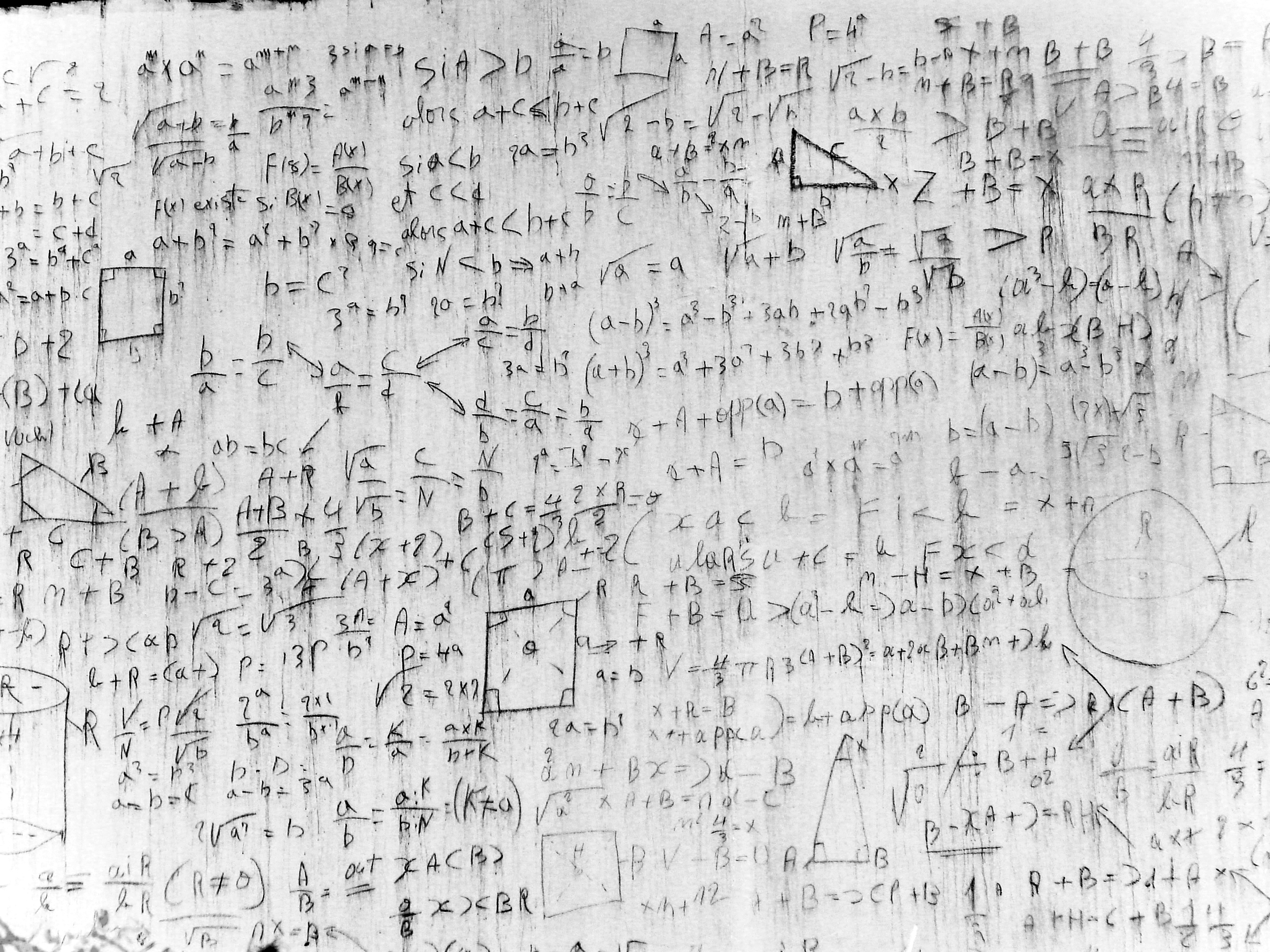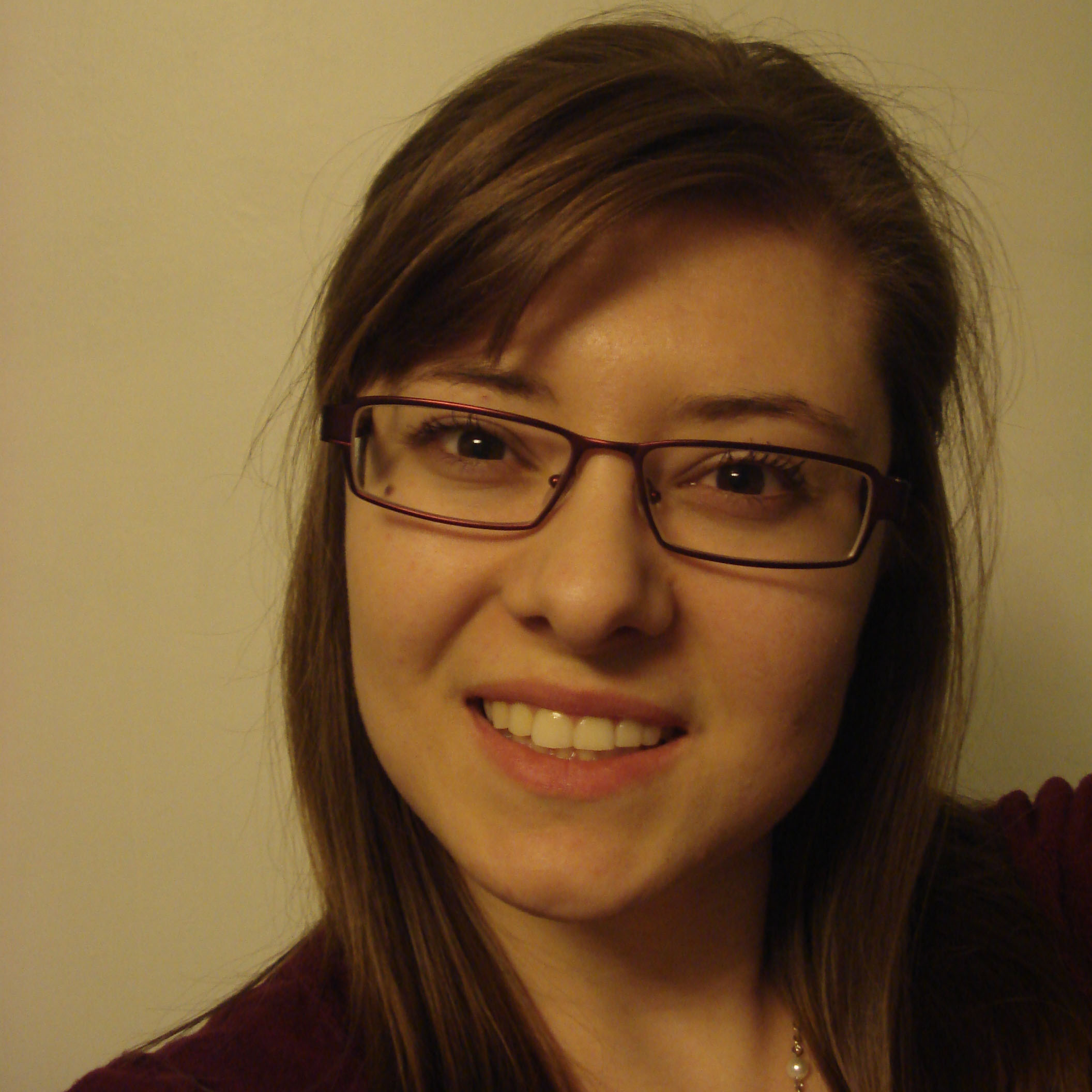The Flipped Classroom
/Desktops to tablets. Blackboards to SMART boards. Lecture to discussion. These are just some of the ways that learning has changed in the short time since I was a high-school student.
If your math classes were anything like mine, you will remember copying notes off the chalkboard or overhead projector. The teacher would go through sample problems as a class, then assign questions to complete on your own at home. Usually the first few would be simple enough, but eventually the questions would get more difficult, requiring you to manipulate equations and solve problems.
While I appreciated the predictability, other students use words like "mind-numbing" or "terrifying" to describe their high-school math courses. These negative associations likely come from not fully understanding the material that was taught and, as a result, struggling through the courses. So, if class time could be used to tackle those more difficult questions, it would allow students to work with their peers and ask their teacher questions, if they need further explanation.
It is this idea that has prompted some teachers to shift to a new learning structure, referred to as "The Flipped Classroom." In this model, students spend "homework" time being introduced to the topic, using resources provided by the teacher. Then, in class the next day, students can spend valuable time with the teacher, asking questions and collaborating with other students.
How the students are learning the concept is also very important. Some teachers create their own tools, but others use resources that are becoming more widely available online. I was introduced to Khan Academy while watching a TED Talk, from 2011, given by the founder, Salman Khan. For anyone unfamiliar with this popular website, Mr. Khan started out making videos of math concepts to help tutor his cousins long-distance. Other people started watching his videos and sending comments. Teachers told him that they had begun assigning the videos for homework. This way the students learn the lesson portion of the class at their own speed. Students are able to pause the video to take notes on the lesson, and they can also rewind it if they missed something or simply want to hear it again. Khan Academy now features more than 2,000 videos covering a broad range of subjects.
Click here for more information on "The Flipped Classroom" and Khan Academy.
Allison Godin
is a student, teacher, and life-long learner. She currently teaches high school with the Ottawa Catholic School Board. Allison studied English Literature and Education at the University of Ottawa. If she won the lottery she would spend her time tutoring and volunteering in a second-hand bookstore.



